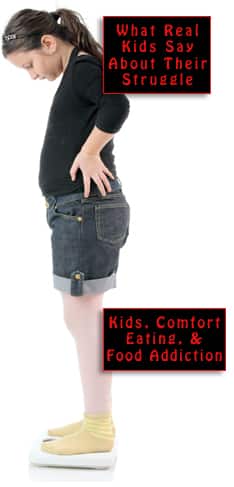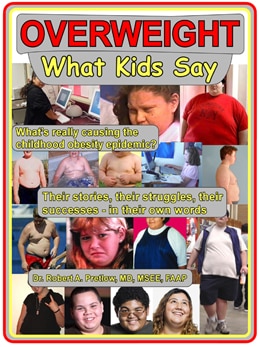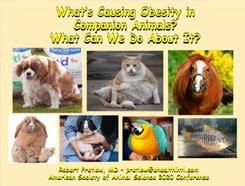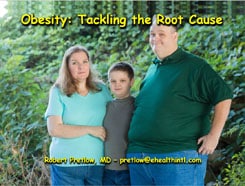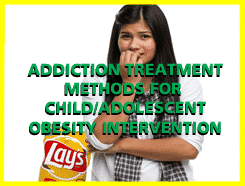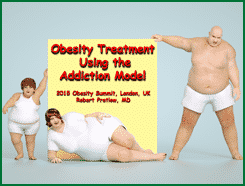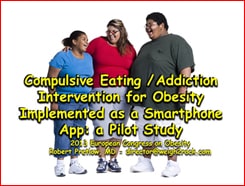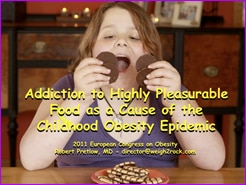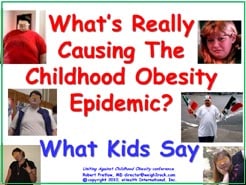Awareness Equals Media

Regarding the discussion of Childhood Obesity Awareness Month and the edutainment-fatsploitation spectrum, it must be acknowledged that Daniel Lambert was not a very good example of fatsploitation. On the contrary, he managed his career with as much dedication as any rapacious agent could have done.
Combining a likable personality, knowledge of topics appreciated by the wealthy elite class, media savvy, self-taught psychological insight, and business experience, Lambert was captain of his own ship and an influencer. But others have not been so resilient. Media awareness does not bless everyone equally. Sometimes it leads to ruthless exploitation by second, third, and fourth parties with bad intentions.
More typical was Barry Austin, a young man who was, intentionally or unwittingly, misused and exploited by other members of his society. Journalist Nick Harding brought up that case 10 years ago, and also discussed the issue of a British minor child, Connor McCreaddie.
When Connor was eight years old, he weighed over 200 pounds, a circumstance which the local authorities believed must result from neglect. They wanted to remove him from his mother’s custody and place him in foster care. There was a TV show about it, and Connor ended up staying with his mother, who agreed to keep him on a strict diet.
The child himself seems, as Harding phrased it, to have “faded back into obscurity,” but the publicity that temporarily surrounded his family kicked off a whole new genre of edutainment that soon morphed into fatsploitation. Britain’s National Obesity Forum spokesperson Tam Fry told the press,
What his story did was to start the debate on whether obesity is a safeguarding issue. The legacy of Connor’s story is that just as we worry greatly about very thin children and place them in care and residential clinics to build them up, people are now debating whether there is a difference between the dangerously thin and the other side of the coin, where a child is overtly neglected by his or her family in being allowed to eat whatever comes to hand. To that degree, the publicity surrounding him was of value.
The producers of the TV show about Connor may have only been trying to help, and they did. But the knock-on effect was detrimental. An executive at a sensationalistic publication, what Americans call a tabloid paper, bluntly said, “It was a feeding frenzy, everyone was hunting for a fatter kid.” Awareness, it appears, comes with a price. Harding also quoted eating disorders specialist Dr. Peter Rowan:
Obese people live with a feeling that they are seen as being highly undesirable and as being abnormal. The media isn’t responsible for that but it does support it, prolong it and accentuate it.
Your responses and feedback are welcome!
Source: “Unhealthy appetite: Is ‘Fatsploitation’ fuelling the obesity crisis?,” Independent.co.uk, 10/23/11
Image by Mike Licht/CC BY 2.0










 FAQs and Media Requests:
FAQs and Media Requests: 